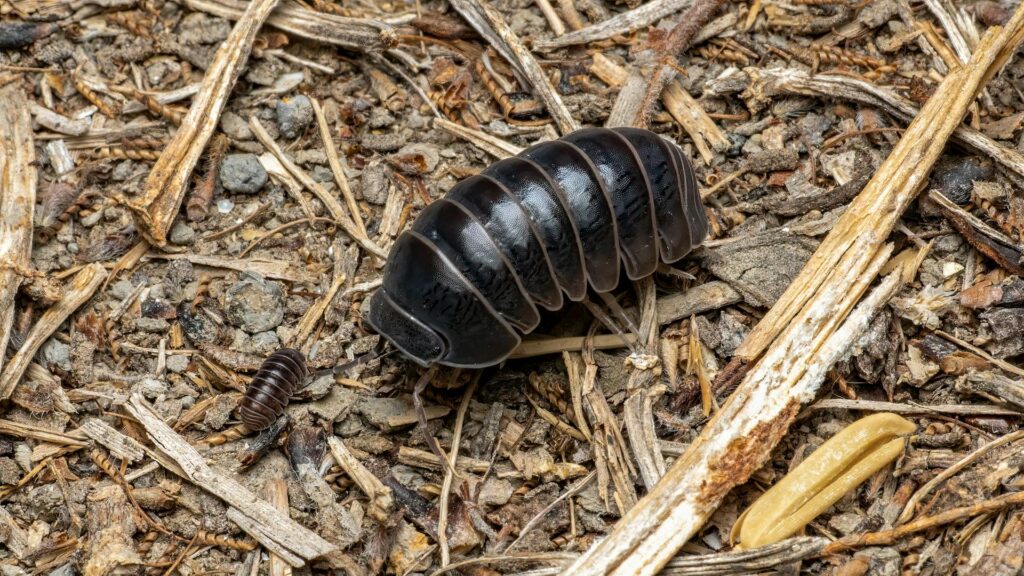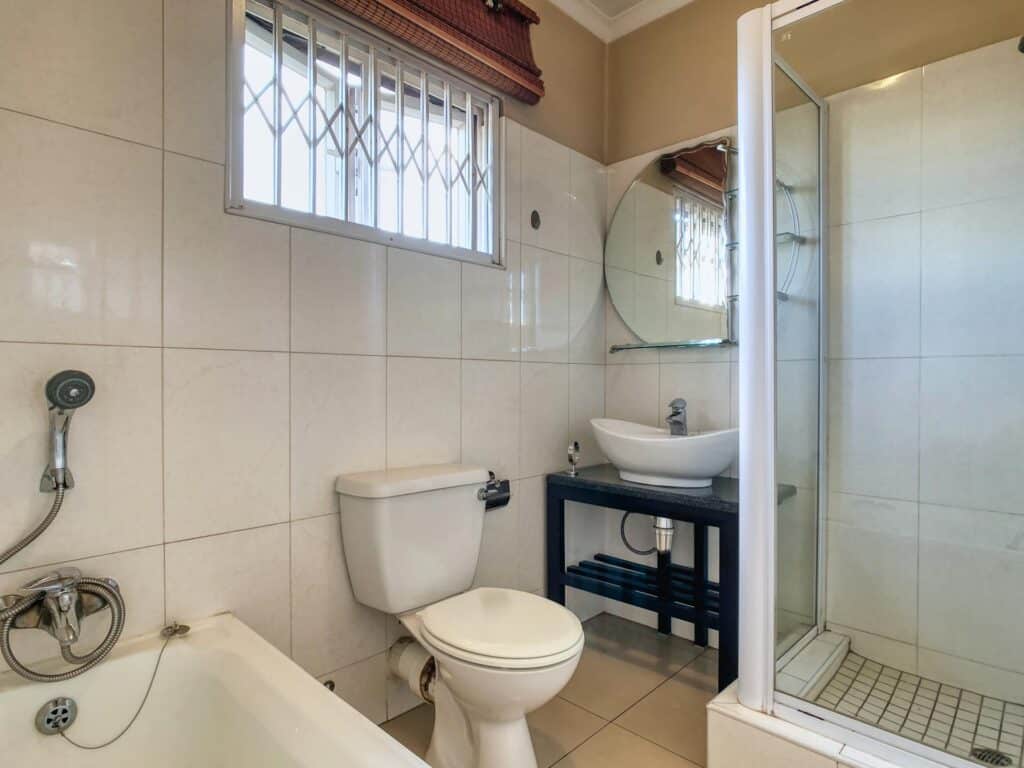Moving into a new home is an exciting milestone, marking the start of a fresh chapter in life. However, once the thrill of unpacking subsides, the reality of settling in and organizing your new space kicks in. To ensure a smooth transition and establish a comfortable, secure environment, there are key tasks every new homeowner should prioritize. This comprehensive checklist of the top 10 move-in essentials will guide you through the process and help set the foundation for a happy home.
1. Change the Locks
One of the first steps you should take as a new homeowner is securing your home by changing or rekeying the locks on all exterior doors. While the previous owners may have handed over all their keys, there’s no way to guarantee there aren’t duplicates floating around. By replacing the locks, you can ensure that only you and your family have access to the property. For added peace of mind, consider upgrading to smart locks that allow keyless entry and remote control.
2. Set Up Utilities
No one wants to move into a home only to find the lights don’t turn on or there’s no running water. Before moving day, ensure that essential utilities such as electricity, water, gas, and internet are active and transferred to your name. If you’re setting up new service providers, allow ample time for installation appointments. Don’t forget less obvious utilities like waste disposal and recycling services.
3. Hire a Pest Control Company
Even if your new home looks pristine, pests could still be lurking in hidden corners. Scheduling a professional pest control service before unpacking is an effective way to protect your new home. Experts can identify potential problem areas and treat them to prevent infestations. This is especially crucial for homes in regions prone to termites, ants, or rodents.
4. Update Your Address and Notify Important Contacts
Changing your address is a task that often slips through the cracks during the chaos of moving. To avoid missing important mail, update your address with the U.S. Postal Service. Notify banks, credit card companies, insurance providers, and your employer of the change. Don’t forget subscriptions, loyalty programs, and any online shopping accounts. If you’ve recently moved to a different state, updating your driver’s license should also be a priority.
5. Locate the Circuit Breaker and Water Shut-Off Valve
In an emergency, knowing where your circuit breaker and water shut-off valve are located can save valuable time. Take a moment to familiarize yourself with these essential points in your home. Labeling breakers for specific rooms and appliances will make troubleshooting electrical issues much simpler. Similarly, learning how to shut off your water supply can help minimize damage in the event of a leak or burst pipe.
6. Deep Clean and Sanitize
Even if your new home looks clean, it’s wise to start with a blank slate. Perform a deep cleaning to eliminate any dirt, germs, or allergens left behind by the previous occupants. Focus on frequently touched areas like light switches, doorknobs, and countertops. Steam-clean carpets and wash any window treatments. If you’re short on time, hiring a professional cleaning service can ensure every nook and cranny is spotless.
7. Save Important Documents
Homeownership comes with an avalanche of paperwork, from the sale agreement to insurance policies and maintenance records. Create a dedicated space to store these documents, whether it’s a physical file cabinet or a secure digital repository. Having these records organized and easily accessible will save you headaches down the line, especially when it comes to warranties or service requests.
8. Childproof and Pet-Proof (If Applicable)
If your household includes young children or pets, take steps to make your new home a safe environment for them. Install safety latches on cabinets, secure heavy furniture to the walls, and cover electrical outlets. For pets, ensure the backyard is secure and remove any hazardous plants or chemicals. This added layer of preparation will help everyone feel safe and comfortable in their new space.
9. Change HVAC Filters
Replacing HVAC filters is a small but impactful task that can improve the air quality in your new home. Clean filters ensure your heating and cooling systems work efficiently, keeping energy costs down and extending the lifespan of your equipment. If you’re unsure how to replace the filters or need to check the system, consider scheduling a professional HVAC inspection.
10. Check Weatherproofing
A drafty home is not only uncomfortable but also costly. Inspect windows and doors for any gaps or cracks that could let air escape or moisture seep in. Simple fixes like caulking or weather stripping can make a big difference in energy efficiency. For older homes, upgrading to double-pane windows or installing storm doors may be worth the investment.
25 Additional Bonus Tips for New Homeowners
- Test all locks and ensure they function properly.
- Install a security system or cameras.
- Inspect the roof for any damage or leaks.
- Check for plumbing leaks under sinks and around toilets.
- Verify smoke detectors are installed in every room.
- Create a spare key and store it in a safe place.
- Review your homeowner’s insurance policy for adequate coverage.
- Install surge protectors for sensitive electronics.
- Evaluate your lawn for any landscaping needs.
- Service major appliances for optimal performance.
- Set up a maintenance schedule.
- Introduce yourself to neighbors.
- Test smoke and carbon monoxide detectors.
- Create a home inventory.
- Personalize your space.
- Check water pressure and adjust if necessary.
- Inspect gutters and downspouts for proper drainage.
- Seal the driveway or walkways if needed.
- Test the garage door opener and ensure safety sensors work.
- Organize your tools for future home projects.
- Set up a system for sorting and recycling waste.
- Invest in a fire extinguisher for the kitchen.
- Clean out the dryer vent for safety.
- Install outdoor lighting for security.
- Test the thermostat and consider upgrading to a smart model.
Conclusion
Moving into a new home is both a thrilling and overwhelming experience, but with the right preparation, you can set yourself up for success. By following this comprehensive checklist, you’ll create a safe, comfortable, and well-organized environment that’s ready for years of happy memories. With a bit of effort and planning, your new house will soon feel like a sweet home.









